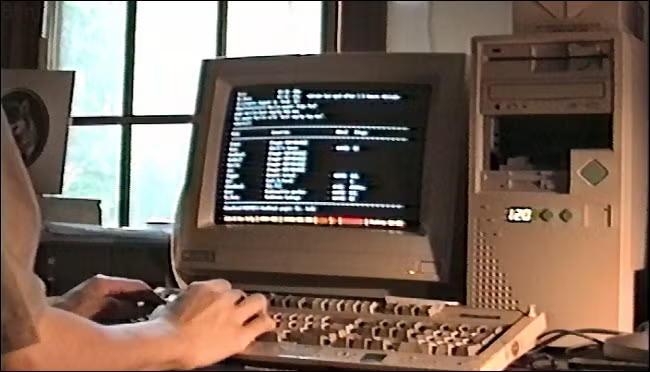By SubPrime Auto Finance News Staff – ATLANTA and WASHINGTON, D.C. –
Cox Automotive chief economist Jonathan Smoke again offered context about the potential influence on auto financing that the Federal Reserve last policy action of the year might have.
On Wednesday, the Federal Open Market Committee decided unanimously to keep the target range for the federal funds rate at 0 to 0.25%, with Fed chair Jerome Powell appearing in a press conference following the announcement. Powell began his opening statement reinforcing the positives policymakers are seeing.
“Economic activity is on track to expand at a robust pace this year, reflecting progress on vaccinations and the reopening of the economy. Aggregate demand remains very strong, buoyed by fiscal and monetary policy support and the healthy financial positions of households and businesses,” Powell said.
“The rise in COVID cases in recent weeks, along with the emergence of the Omicron variant, pose risks to the outlook. Notwithstanding the effects of the virus and supply constraints, FOMC participants continue to foresee rapid growth,” Powell continued by noting that the median projection for real GDP growth stands at 5.5% this year and 4% next year.
However, inflation — fueled in part by soaring used- and new-vehicle prices — certainly has the Fed’s attention.
“Supply and demand imbalances related to the pandemic and the reopening of the economy have continued to contribute to elevated levels of inflation. In particular, bottlenecks and supply constraints are limiting how quickly production can respond to higher demand in the near term. These problems have been larger and longer lasting than anticipated, exacerbated by waves of the virus,” Powell said.
“As a result, overall inflation is running well above our 2% longer-run goal and will likely continue to do so well into next year,” he continued. “While the drivers of higher inflation have been predominantly connected to the dislocations caused by the pandemic, price increases have now spread to a broader range of goods and services. Wages have also risen briskly, but thus far, wage growth has not been a major contributor to the elevated levels of inflation.
“We are attentive to the risks that persistent real wage growth in excess of productivity could put upward pressure on inflation. Like most forecasters, we continue to expect inflation to decline to levels closer to our 2% longer-run goal by the end of next year,” Powell went on to say.
After Powell and the Fed shared their viewpoints, the Cox Automotive chief economist through his “Smoke on Cars” online commentary. Smoke pointed out in the blog post that longer-term bond yields moved up “modestly” on Wednesday afternoon in response.
Smoke explained these yields are currently remaining in a range that represents the mid-point for the year, with the highs arriving at the end of March and into early April.
Smoke mentioned these trends because, “Consumer loans like auto loans and mortgages are more directly related to these longer-term yields rather than the Fed’s short-term rate policy. The 10-year yield is up less than 60 basis points year over year. However, consumer rates on auto loans have not moved up so far this year as yield spreads on auto loans have narrowed.
“As spreads have narrowed to be more in line with spreads prior to the pandemic, most borrowers have seen lower rates even as bond yields have been higher year over year. The auto market has enjoyed stable and favorable credit trends all year,” he continued.
Smoke then recapped what he and his Cox Automotive teammates have been seeing on the auto-finance front in recent weeks.
“This fall has seen more volatility in auto loan rates, but average auto loan rates moved slightly lower in November and have started December moving even lower to what are historic all-time lows for the average,” Smoke said. “Recent rates may indeed be the absolute lowest of the lows, as it is hard to see yield spreads staying narrow with the Fed tightening even if the 10-year does not move. The current consensus forecast for the 10-year is for an increase of 36-50 basis points from where we are today by the end of next year.
–> Read on here: https://www.autoremarketing.com/subprime/auto-financing-context-around-fed-last-move-2021




